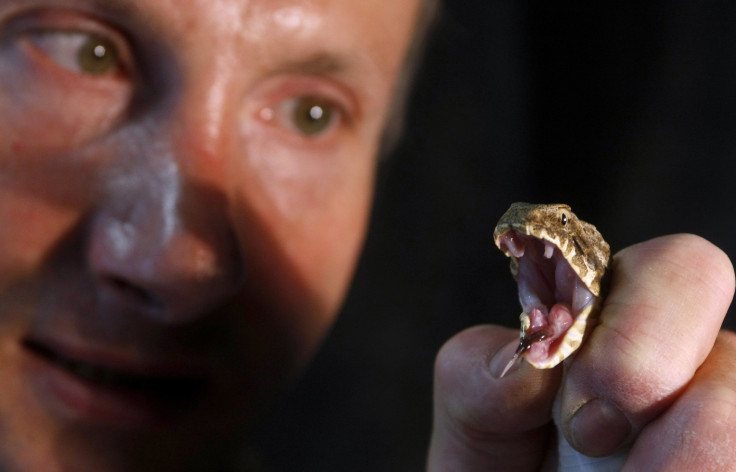Scientists discover new most venomous snake in Western Australia

A new snake was identified as the highly camouflaged “Kimberley death adder” discovered in the Kimberley region of Western Australia. Scientists have added the new species to the list of world’s most venomous snakes found in the country.
The Kimberley death adder, or Acanthophis cryptamydros, is about 50 centimetres long and has a diamond-shaped head. It was previously thought as just a similar species of already identified death adders in the region. Scientists examined about 20 snakes native in WA, and the new species were found different from its kind dwelling around Darwin in the Northern Territory.
The Kimberley death adder has a distinctive scale formation on its head, active like other death adders to strike its prey, most commonly birds, lizards and small animals, through a “sit and wait” hunting technique. Scientists from Australia and the UK, who discovered the species, said that unlike brown snakes, the Kimberley death adder was not designed for speed and is much slower.
“It was a surprise to see that the Kimberley has its own death adder, more closely related to the desert death adders out there,” Paul Doughty, curator of herpetology at the Western Australian Museum, told the Guardian Australia. “These snakes are super-camouflaged – its idea is to look like a rock or a bunch of leaves.”
Members of the death adder family are considered to be among the most venomous snakes in the world, and before the availability of its antivenom, about half of the people bitten by death adders suffered paralysis and death. The species are in the top 10 venomous snakes in the world, according to Doughty.
Prior to the discovery of the new death adder, there have been already several new species found in the Kimberley region. Six new frog species have been discovered since 2006, including a huge amphibian that preys other frogs.
Several new geckos were also identified together with the world’s smallest species of goanna, with 23 centimetres in size and weighing 16 grams. Doughty added “a big sexy gecko,” called the large velvet gecko, which has a very strong grip.
“The Kimberley is an isolated corner of Australia with relic species clinging on for millions of years. There is a huge untapped diversity that we’re just getting a handle on,” he said. It will be easy to point to 20 or 30 specimens in the region that haven’t been described by scientists, Doughty added, and he and his successor won’t run out of things to describe from the region.
However, even the Kimberley region is largely inaccessible to people, the species dwelling at the area are still facing threats from changed fire regimes and feral animals. Death adders are still far more at risk from humans but its population is declining because of habitat destruction and feral animals such as cats and foxes.
The conservation of the region is being handled by the WA government with its $81 million plan that has already removed feral cattle and provided environmental work to traditional owners. The government has also created the largest national park in Australia through land handed back by Rio Tinto.
Contact the writer at feedback@ibtimes.com.au or tell us what you think below.





















